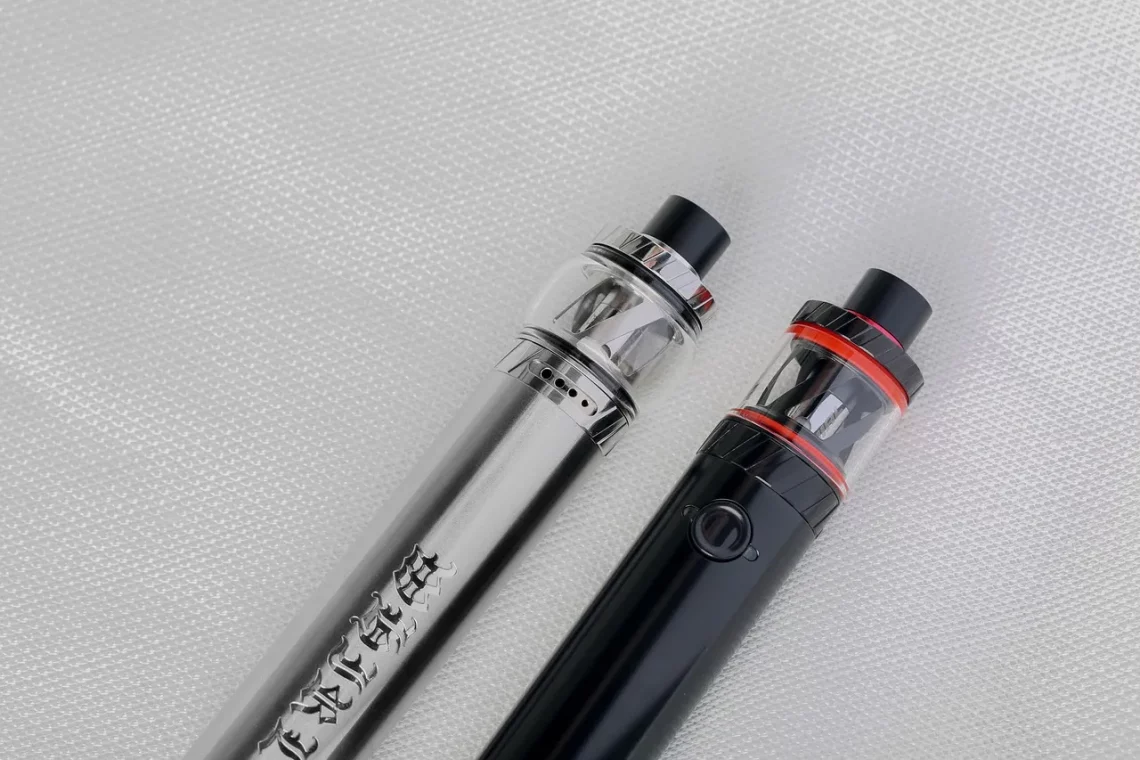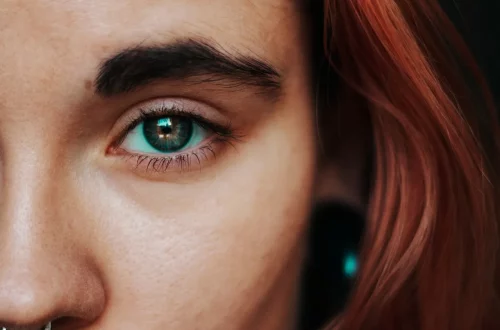
Do Guys Like Small Boobs? Exploring Preferences and Perspectives
The topic of body image and preferences has been a subject of fascination and debate for countless generations. In a world increasingly influenced by media, culture, and societal standards, individuals often find themselves grappling with their own perceptions of beauty and desirability. This complex interplay affects not only how people view themselves but also how they perceive others. One specific aspect that often garners attention is breast size, particularly the question: do guys prefer larger or smaller breasts?
Understanding the nuances of attraction requires delving into various factors that shape personal preferences. These factors can include individual experiences, cultural background, societal influences, and even psychological aspects. While some may assert that larger breasts are universally more appealing, others argue that smaller breasts can be equally attractive, if not more so, depending on the context.
As we explore this topic, it’s vital to approach it with an open mind, recognizing that preferences can vary significantly among individuals. Attraction is subjective, and what one person finds appealing, another may not. The discussion surrounding breast size and attraction is not just about physical attributes; it also encompasses confidence, personality, and the deeper connections that people form. In this article, we will delve into the various perspectives surrounding this topic, aiming to provide a comprehensive understanding of the diverse preferences that exist.
Understanding Male Preferences
When discussing male preferences regarding breast size, it’s essential to recognize the diversity in attraction among individuals. Factors such as personal experiences, cultural influences, and even biological instincts can shape what someone finds appealing. Research indicates that while some men may prefer larger breasts, others may find smaller breasts equally or more attractive. This variation often stems from personal experiences and the type of relationships they have had in the past.
Cultural perceptions play a significant role in shaping these preferences. In some cultures, larger breasts are associated with fertility and femininity, leading to a societal inclination towards valuing larger breast sizes. Conversely, other cultures may celebrate smaller breasts as symbols of youth and delicacy. These cultural narratives influence how individuals perceive beauty and desirability, further complicating the landscape of attraction.
Additionally, psychological factors contribute to preferences. For instance, men who grew up in environments where smaller breasts were celebrated might carry those preferences into adulthood. Conversely, societal trends and media portrayals can also have a substantial impact. Advertisements and entertainment often depict certain body types as desirable, creating a perceived standard that can skew individual perspectives.
Moreover, it’s important to highlight that attraction is not solely about physical appearance. Many men find confidence, personality, and emotional connection to be far more attractive than breast size alone. A woman’s self-assurance and how she carries herself can significantly influence a man’s perception of her attractiveness, often overshadowing physical attributes. This understanding emphasizes that while preferences exist, they are just one piece of a much larger puzzle.
The Role of Media and Cultural Standards
Media has a profound impact on body image and beauty standards. The portrayal of women in films, television shows, and advertisements often sets unrealistic expectations for physical appearance, including breast size. Many men grow up consuming these images, which can shape their preferences and ideals regarding attractiveness.
In many Western cultures, the idea of the “ideal woman” has often been linked to certain physical attributes, including larger breasts. This standard has been perpetuated through decades of media representation, where larger breasts are frequently associated with desirability and success. However, as societal attitudes evolve, there has been a notable shift towards embracing diversity in body types. Campaigns promoting body positivity have emerged, celebrating women of all shapes and sizes, including those with smaller breasts.
This shift in narrative is significant, as it encourages individuals to appreciate beauty in varied forms. Men are increasingly exposed to images and representations that challenge traditional beauty standards, allowing for a broader range of preferences. This evolution indicates that while media can shape preferences, it is also capable of redefining them, highlighting the importance of representation in shaping societal norms.
Furthermore, social media platforms have become influential in shaping perceptions of beauty. Influencers and content creators often showcase a wide array of body types, encouraging followers to embrace their uniqueness. This newfound appreciation for diversity can lead to a more inclusive understanding of attraction, where smaller breasts are celebrated alongside larger ones.
Ultimately, the role of media and cultural standards is both powerful and evolving. While historical narratives have emphasized certain attributes, the contemporary landscape is becoming more inclusive, allowing for a richer understanding of beauty and attraction.
Personal Experiences and Individual Perspectives
Personal experiences are fundamental in shaping individual preferences regarding breast size. Each person’s journey is unique, influenced by their upbringing, relationships, and interactions with others. Some men may have had positive experiences with women who have smaller breasts, leading to a preference for that body type. Conversely, past relationships or cultural influences might lead others to prefer larger breasts.
Relationships play a critical role in shaping attraction. A man’s attraction can be influenced by the emotional connection and compatibility he shares with a partner, which can often outweigh physical preferences. This understanding highlights the complexity of attraction, emphasizing that it is not solely based on physical attributes but also on emotional and psychological connections.
Furthermore, societal pressures can create conflicting feelings about preferences. Men may feel pressured to conform to societal ideals, leading them to question their genuine preferences. This internal conflict can cause confusion and uncertainty, as they navigate their attraction amidst societal expectations.
It’s also worth noting that preferences can evolve over time. As individuals grow and learn more about themselves and their partners, their attraction may shift. What one finds appealing at one stage of life may change as they gain new experiences and insights. This fluidity underscores the importance of understanding that preferences are not fixed; they can adapt and change with time.
Overall, personal experiences and individual perspectives are central to understanding attraction. While trends and societal ideals can influence preferences, the unique experiences of each individual contribute significantly to their attraction to others.
The Importance of Confidence and Connection
While physical attributes, such as breast size, often dominate discussions about attraction, confidence and emotional connection play an equally, if not more, significant role in how individuals perceive each other. A woman’s self-confidence can dramatically enhance her attractiveness, regardless of her breast size. When a person carries themselves with poise and assurance, it tends to draw others in, creating a magnetic appeal that transcends physical characteristics.
Confidence often leads to a more positive self-image, which can be incredibly attractive. When someone is comfortable in their own skin, it radiates a sense of security and positivity that can be highly appealing to others. This is particularly true in romantic contexts, where emotional connection and mutual respect are crucial components of attraction.
Moreover, the emotional connection between partners often takes precedence over physical attributes. A man may find himself drawn to a woman based on shared interests, humor, and intellectual compatibility rather than solely on her physical appearance. This connection fosters deeper relationships that can withstand the test of time, emphasizing that while physical traits can initially attract, emotional bonds are what sustain relationships.
In essence, while preferences regarding breast size exist, they often play a minimal role in the grand scheme of attraction. Confidence, personality, and emotional connection are the true pillars of lasting attraction. These elements foster an environment where genuine appreciation for a partner’s unique qualities can thrive, allowing for a more profound and meaningful connection.
In conclusion, attraction is a multifaceted phenomenon influenced by various factors, including personal preferences, cultural narratives, and emotional connections. While the question of whether men prefer small or large breasts remains relevant, it is essential to recognize that attraction extends far beyond physical attributes. Embracing diversity in body types and fostering self-confidence can lead to a more inclusive understanding of beauty and desirability.
*Disclaimer: This article is for informational purposes only and should not be considered medical advice. For any health-related concerns, please consult a qualified healthcare professional.*




